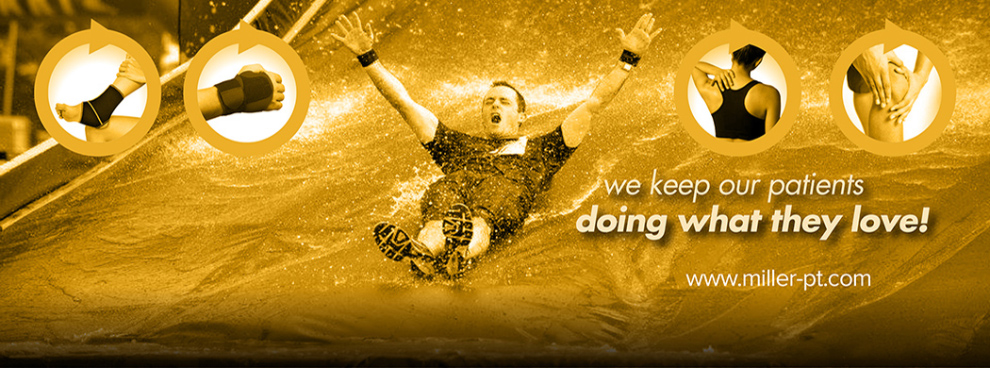Physical Therapy in Delray Beach for Knee
Q: I have a grade III (ruptured) medial collateral ligament of my knee. The surgeon wants me to go to PT for rehab and I think I really need surgery. Would other surgeons agree with this recommendation?
A: Knee injuries can really lay an athlete low. Those injuries affect the medial side of the knee most often (the side closest to the other knee). The soft tissues involved are first the superficial medial collateral ligament, then the deep medial collateral ligament, and finally, the posterior oblique ligament.
The medial ligament is one continuous structure with these three separate parts that all attach to different places along the knee but all work together to stabilize the medial side of the joint.
Surprisingly, as you have just discovered, treatment is often conservative (nonoperative). The medial collateral ligament has a rich blood supply that makes healing without surgery possible. The torn ligament goes through all the normal stages of healing and eventually fills in with fibrous scar tissue.
The anatomy and biomechanics of these ligaments actually help determine the best treatment approach. Each portion (superficial, deep, or posterior) has its own purpose and function. For example, the superficial and deep portions of this ligament work together to keep the knee joint from sliding into a knock-kneed (valgus) position. At the same time, the posterior aspect of the ligament does the same thing when the knee is in a slightly flexed position (from zero up to 30 degrees of knee flexion).
Understanding the anatomy and function of the separate parts of this medial ligament guides the surgeon in first deciding whether or not surgery is needed and secondly, what kind of repair or reconstruction is needed. Some injuries when left untreated can increase the risk of another injury. All of these factors are taken into consideration when arriving at a plan of care.
Another thing the surgeon pays attention to is the grade of ligament injury. This is a way to classify how severe is the injury. The classification scale goes from grade I (mild joint laxity from a strained but not torn ligament) to grade II (partial tear of one or more portions of the ligament with separation or gapping of the joint with stress testing), and grade III (complete rupture of the ligament and more than 10 millimeters of joint laxity or gapping).
The injury is graded using both clinical tests (stress testing of the joint) and imaging studies such as X-rays and MRIs. Measuring how much the joint gaps (separates) helps determine the grade.
With your MRI results and the surgeon's exam findings, it sounds like the recommendation for Physical Therapy to start is right on target. But don't hesitate to ask your surgeon to help you understand the decision to take the conservative approach. Understanding what the expected outcome is may help you participate fully in the rehab program.
Reference: Coen A. Wijdicks, PhD, et al. Injuries to the Medial Collateral Ligament and Associated Medial Structures of the Knee. In The Journal of Bone & Joint Surgery. May 2010. Vol. 92-A. No. 5. Pp. 1266-1280.






